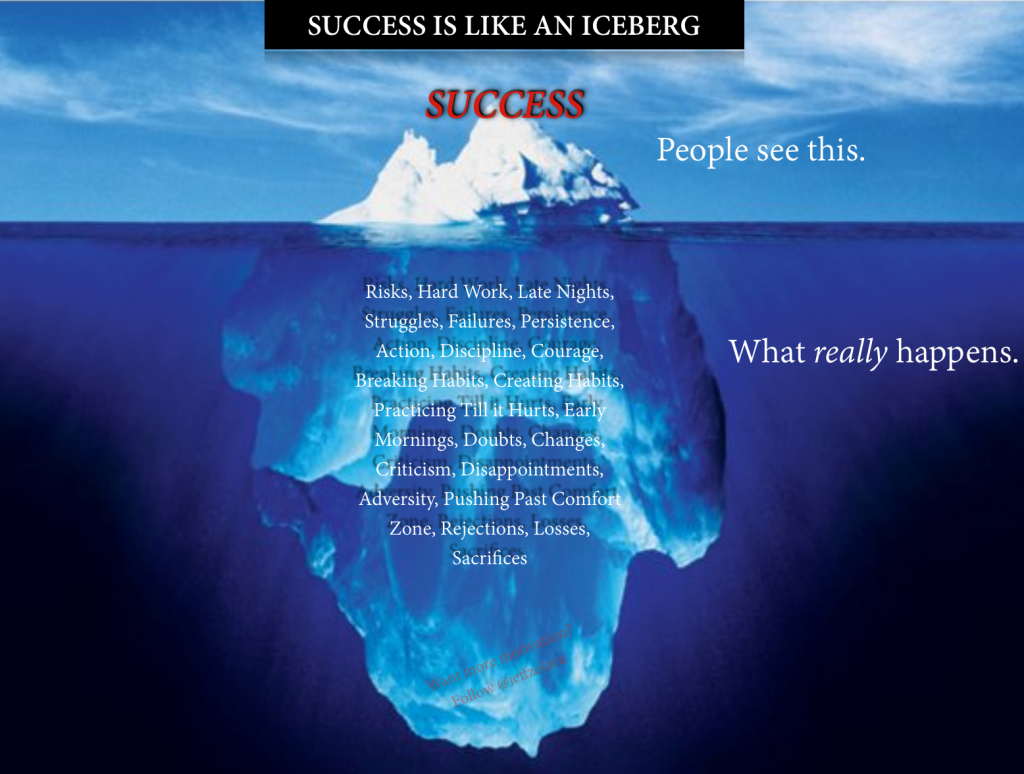
“We’re Not Interested in a Hearing Loop”
If at First You Don’t Succeed,
Try, Try Again (or Email me)
Recently, I sent a letter to a reporter in response to her question how I have tackled a “No!” answer when I advocated for a hearing loop. While I don’t have all the answers, below is a list of my persuasion tactics.
- I make a phone call or a pay a visit and explain why people with hearing loss (even if they use hearing aids and cochlear implants) have trouble hearing. I describe how hearing loss is more about the clarity and not the loudness. That hearing aids do not restore hearing to normal regardless of level of technology and that they generally don’t work in places with reverberation, background noise or over distances of 6-10 feet.I also explain how hearing loops work: A hearing loop sends the audio signal wirelessly from the facility’s microphone and sound system to those wearing t-coil compatible hearing aids, cochlear implants or a wireless headset (for those without hearing aids or without t-coil hearing aids).It is my experience that most facility managers are receptive to this message and want to help. I can be more effective if a member or patron of the facility writes his or her story of not being able to hear or participate. It is just that the facility managers are often unaware of the difficulties people with hearing loss experience. During a visit I often play parts of sound demos in and out of hearing loops or a mother’s testimonials of a home loop installation. These sound demos can be eye – or should I say ear – opening?
- Because hearing loops work so well, many testimonials include superlative language. Over the last few years I have collected responses from hearing loop users to let them do the talking. Other comments have been gathered here: loopwisconsin.com/testimonials.aspx
- Advocating is made easier if I know that a facility will soon be undergoing a remodeling. The installation of the loop wire is usually easier (and less costly) when the carpeting is going to be replaced anyway. I have referred to the website from an experienced loop installer where hundreds of hearing loop installation photos in a variety of situations and types of flooring including terrazzo, tile, carpet and vinyl tiles to carpet are shown.
- I explain that if a facility has a crawlspace and/or basement, loop wire installation can be done underneath the auditorium, sanctuary or meeting room to be looped. I make the facility aware that metal in the floor can affect the magnetic signal, and an in-situ hearing loop test is always required and refer to the Best Practices in Hearing Loop Procurement
- If cost is a concern, I offer information as to how other venues have handled this expense or my blog on how to (find funding) to loop churches . For example, there are grant monies available for some venues (libraries and some houses of Worship). Many communities have a Community Foundation that may be willing to help fund a loop particularly if it improves access for a population with a disability. For example, in late 2008 the Oshkosh Area Community Foundation was helping to fund a remodel of the Oshkosh Convention Center. I made a couple of phone calls and sent a letter with information to the executive director. The result was they helped fund two hearing loops at the convention center about 2 weeks before the carpeting was to be laid down. The executive director believed me when I told her that having a hearing loop at the convention center would convince other venues to do the same. Oshkosh, WI now has over 50 hearing loops including its 100+ year old Grand Opera House, a funeral home, several court rooms, the City Council Room, several retirement communities, and the UW Alumni Welcome and Conference Center.
- To increase attention to a need, I have found that a letter to the editor of a local newspaper can be of tremendous help. And the best part of such letters? They are free!
- There is strength in numbers: If you are advocating for improved access ask a friend or family member or a local hearing professional to write a short letter of support as well.
- The last resort would be to play the ADA card (Americans with Disability Act). The ADA mandates that facilities offer “in each assembly area where audible communication is integral to the use of the space, an assistive listening system (ALS) shall be provided.” Read up on the law and share the guidelines found here on page 36978 .Public facilities are required to comply with the ADA law, and, in some states even non-profit facilities are required to install assistive technology. For example, the California Building Code requires houses of worship to always provide an ALS. Other states do not go that far, but may require a non-profit facility to provide an ALS if their space is rented to the public.Finally, if a public facility is unwilling to comply with the law and provide an ALS, I refer people to the Department of Justice where they can tell their story and file a complaint. www.ada.gov/complaint/
Frankly, I have yet to see anyone I personally know resort to filing a complaint. Informing the venue – in writing – the intent of filing a complaint has convinced facilities to do the right thing. If this happens and a hearing loop gets installed, don’t forget to send a public “Thank You and Kudos for Installing a Hearing Loop” letter to the editor of your local newspaper. Such a public “shout out” and positive PR helps our cause. And who knows? This letter may even “nudge” other places to follow suit.
Hearing loop advocacy success is like an iceberg: While the first one or two installations may take several attempts, once loops find their way into a community they beget others. Why? Because hearing loops deliver. Hearing loops truly help people hear.

Categories





